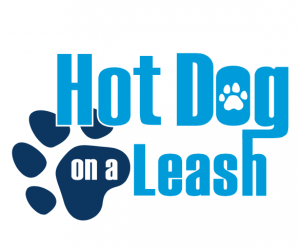Anesthesia for Dogs
There may be a point when your dog has to go through surgery. It is common for anesthesia to be administered to depress nerve function and make your dog comfortable during the procedure. Your dog will be unconscious for a short period.
There are risks involved when it comes to anesthesia. Research shows that it is generally estimated that approximately 1 in 100,000 animals will have some reaction to an anesthetic agent. Reactions can be mild to more severe. Your dog may have swelling at the injection site or a decrease in cardiac output. Unfortunately, your dog may experience anaphylactic shock or death in extreme cases.
It is important to follow all veterinarian recommendations before anesthesia. Your dog may vomit if it has food in the stomach. If vomiting occurs in the absence of the swallowing reflex, the material may enter the lungs, causing a life-threatening condition like pneumonia.
The good news is that there are things you can do to minimize the risks. Pre-surgical examinations, blood and urine tests, and radiographic exams may detect clinical conditions that could increase the risks associated with anesthesia. It may take some time for your dog to recover after anesthesia. More than likely, your dog may be sleepy or tired for 12 to 24 hours after surgery. We recommend that you speak with your veterinarian if your dog appears to be unusually sluggish.



